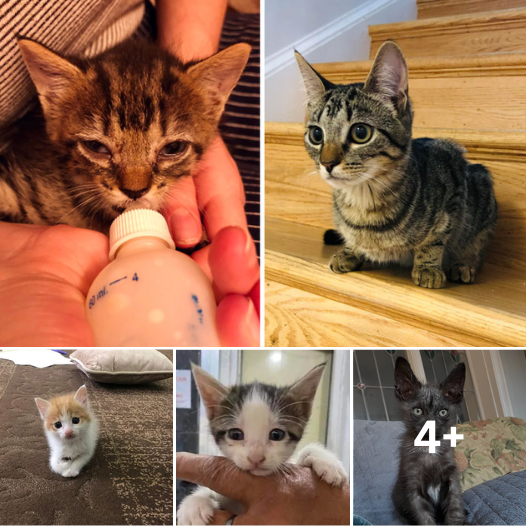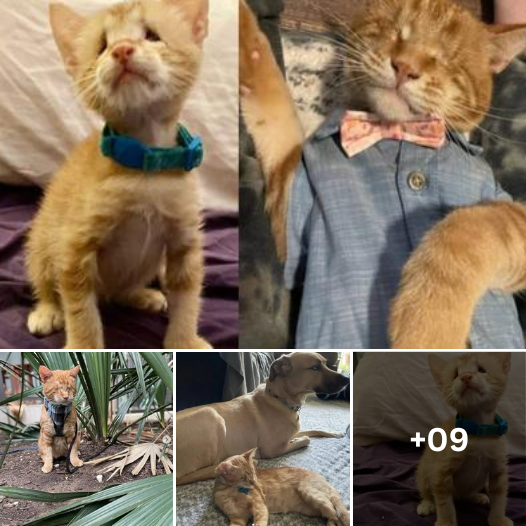“Cat Communication: Decoding Feline Body Language and Vocalizations”
Cats, those enigmatic and charming creatures that share our lives, communicate in a variety of ways with both their fellow felines and their human companions. Understanding their complex language, which involves vocalizations and body language, can lead to stronger bonds and more fulfilling relationships with our feline friends.

One fascinating aspect of cat communication is their vocalizations. Cats use meowing, purring, hissing, and more to convey their needs and emotions. Notably, cats primarily meow to communicate with humans, not other cats. According to anthrozoologist John Bradshaw, author of “Cat Sense: How the New Feline Science Can Make You a Better Friend to Your Pet” (2013), feral cats don’t meow as much as domesticated housecats, suggesting that meowing is a behavior cats have developed to interact specifically with humans. Moreover, Nicholas Dodman of Tufts Cummings School of Veterinary Medicine argues that cats learn which vocalizations are most effective in getting their owners to comply with their wishes.

However, deciphering these meows is a challenge for humans. In the late 19th century, Professor Alphonse Leon Grimaldi attempted to translate common cat sounds into human language. For instance, he believed that “Aelio” meant “food.” While this early effort to understand cat language was somewhat fanciful, even today, some experts categorize cat vocalizations in ways that parallel human communication. Jean Craighead George, a naturalist and author, identifies, for instance, that a falling cadence “Mee-o-ow” could represent a protest or a whine.

Nonetheless, not all scientists agree on the interpretability of cat vocalizations. A 2003 study by Nicholas Nicastro and Michael Owren found that cats don’t use vocalizations to capture humans’ attention, and our ability to interpret these sounds depends on individual factors. Pet owners tend to be better at understanding their own cats’ unique language.
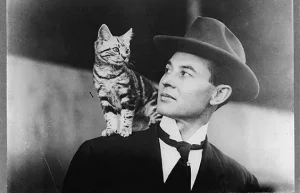
Another misconception among cat owners is that cats only purr when they’re content. While it’s true that most cats purr when they’re happy, they may also purr when they’re anxious or in pain. This dual-purpose use of purring underscores the importance of considering the context when trying to interpret a cat’s emotional state.

Beyond vocalizations, cats communicate through body language, particularly their tails. An upright tail signals a relaxed and friendly cat, while a rapidly swishing tail might indicate anger or curiosity. If a cat’s tail becomes fluffy with hair standing on end, this is a sign of feeling threatened and trying to appear larger to deter a perceived threat.
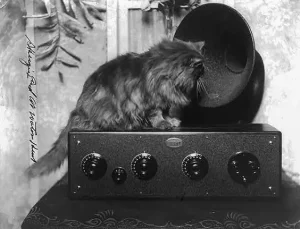
Cats also communicate by head-butting and rubbing against objects or other animals, including humans. These behaviors serve as greetings or a way to mark territory. Cats have scent glands on their cheeks, jaw, and near their tail, and when they rub these areas on an object or another animal, they leave a scent only other cats can detect.
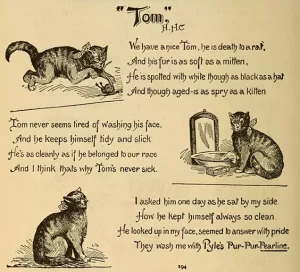
Improving communication with your cat can lead to a deeper and more rewarding relationship. Some tips for understanding and enhancing your connection with your feline companion include:
- Cat kisses: To “smile” at your cat, look them in the eye and slowly blink. Cats interpret this as a loving gesture and often reciprocate.
- Talking back: Responding to your cat’s meows can make them more talkative, as they may feel more encouraged to communicate.
- Use a soft and calm voice: Cats are sensitive to tone, so speaking to them in a soothing manner can be beneficial for your interactions.
- Avoid negativity: Associate your cat’s name with positive and calm words, as negative words along with their name can confuse them.
- Approach wisely: When approaching a cat, get on their level and extend your hand with a closed fist and one finger slightly extended to let them initiate contact.
- Pay attention: Observing your cat’s behavior and listening to their sounds can help you understand their unique communication patterns and respond to their needs effectively.
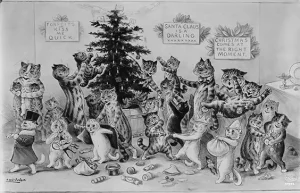
By recognizing the nuances of feline communication, you can foster a stronger bond with your cat and create a more harmonious and enriching environment for both of you.





